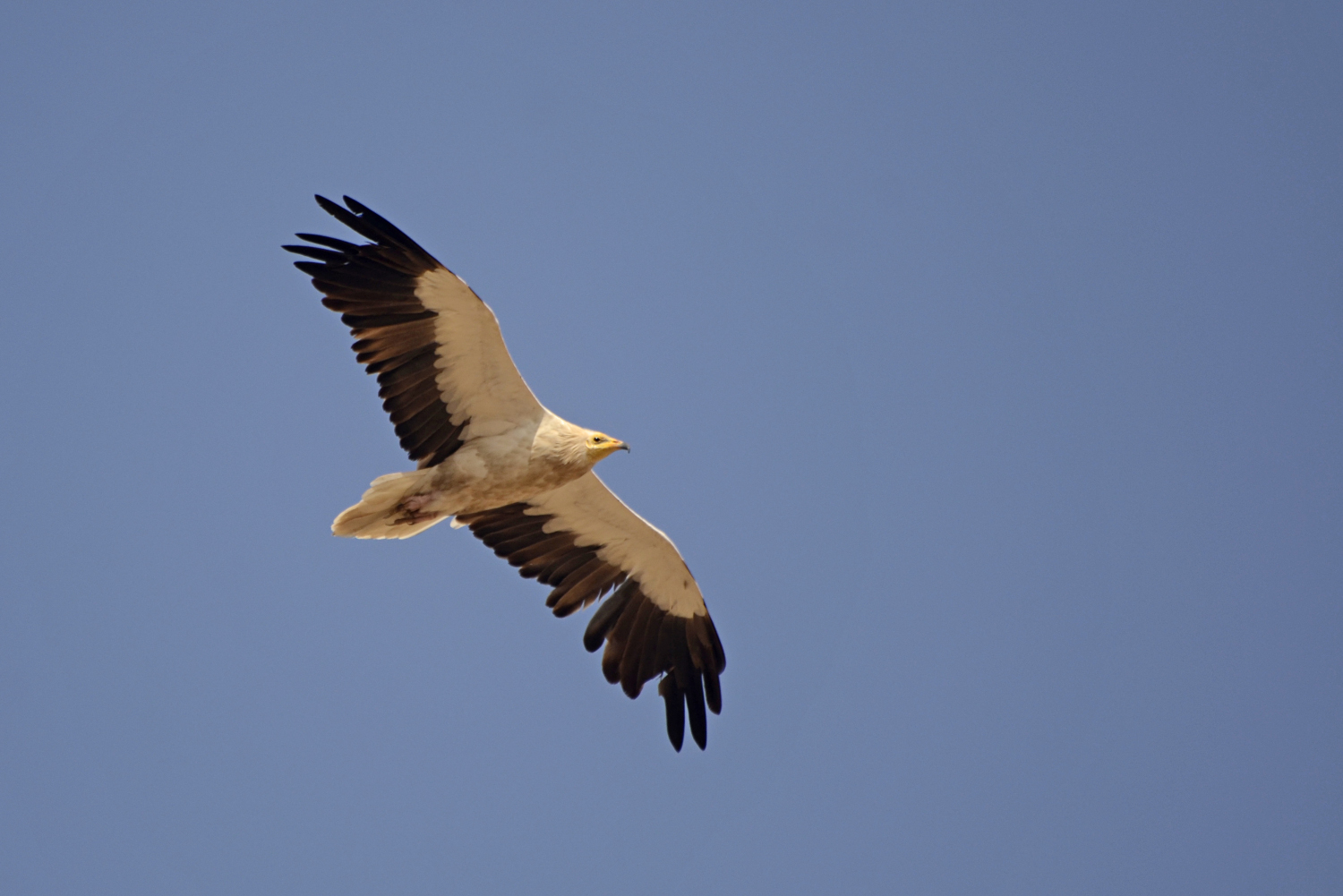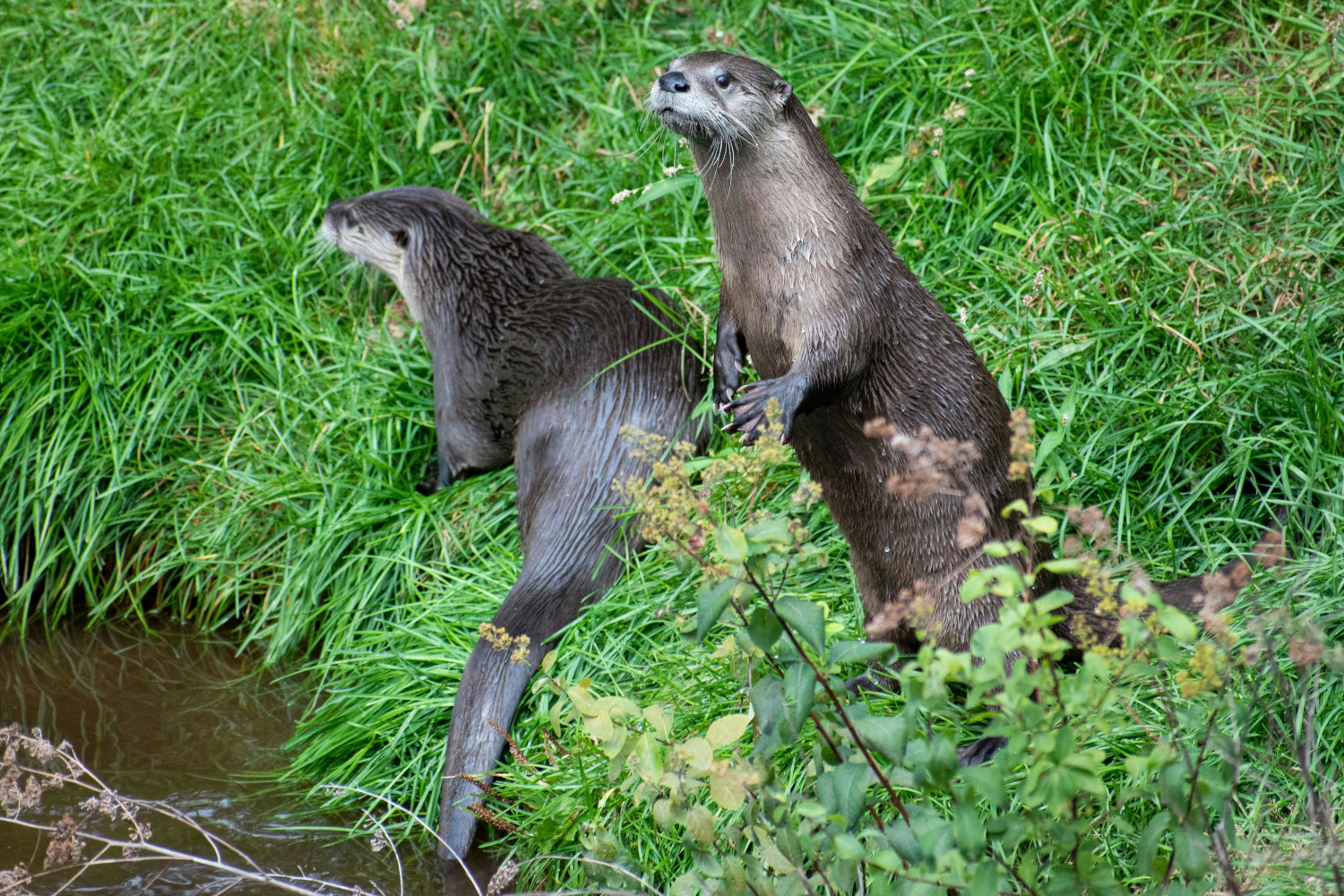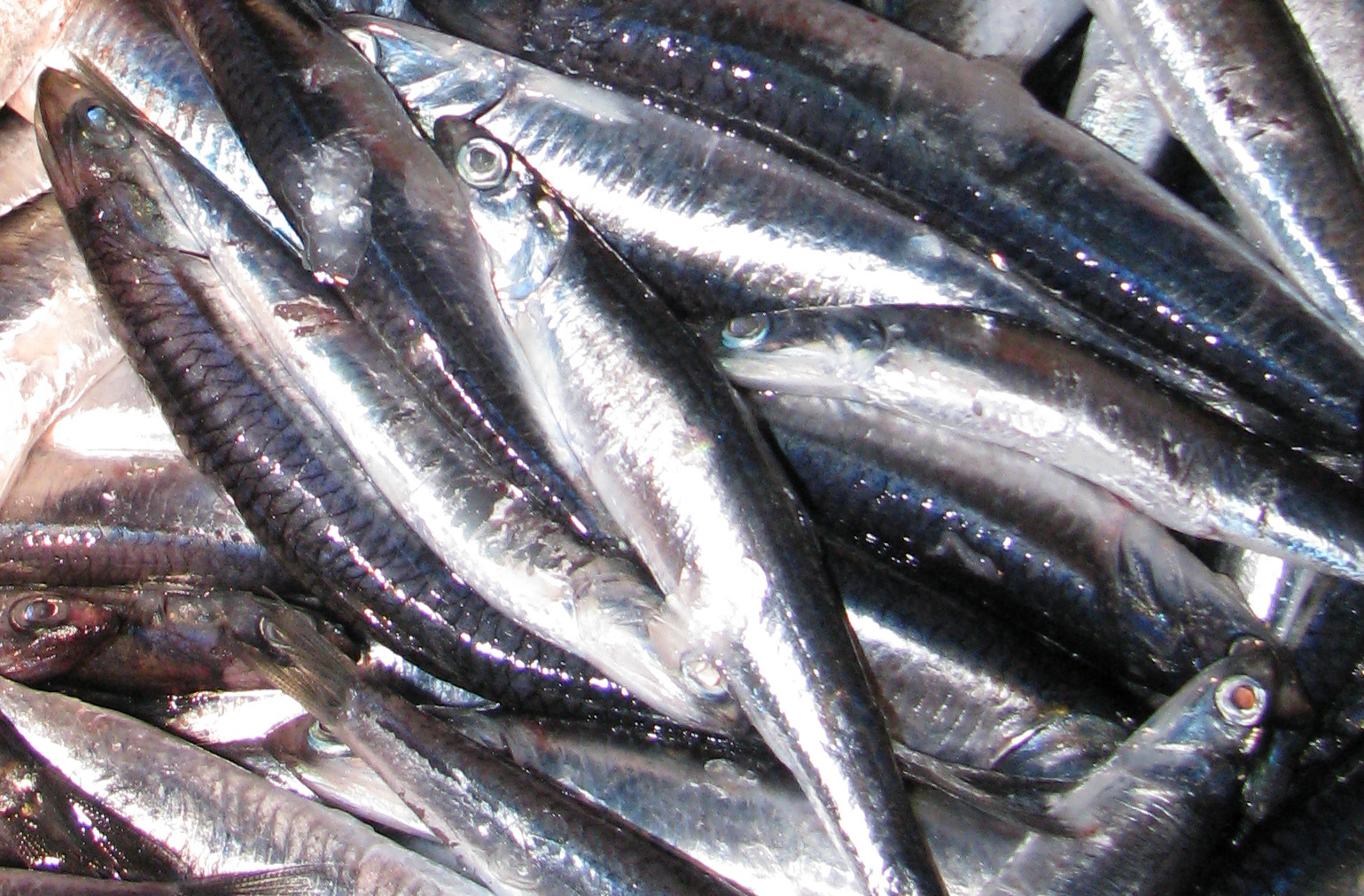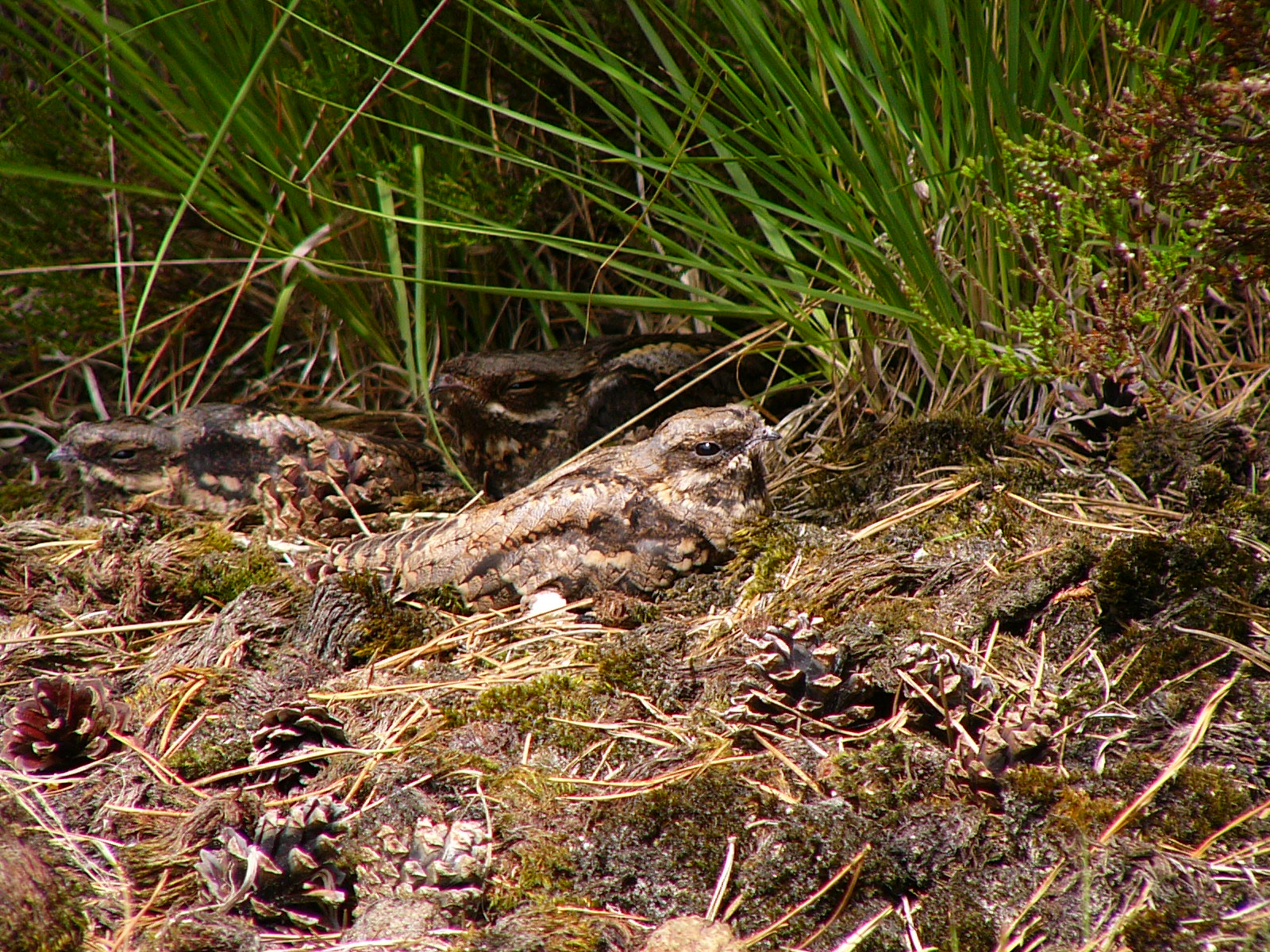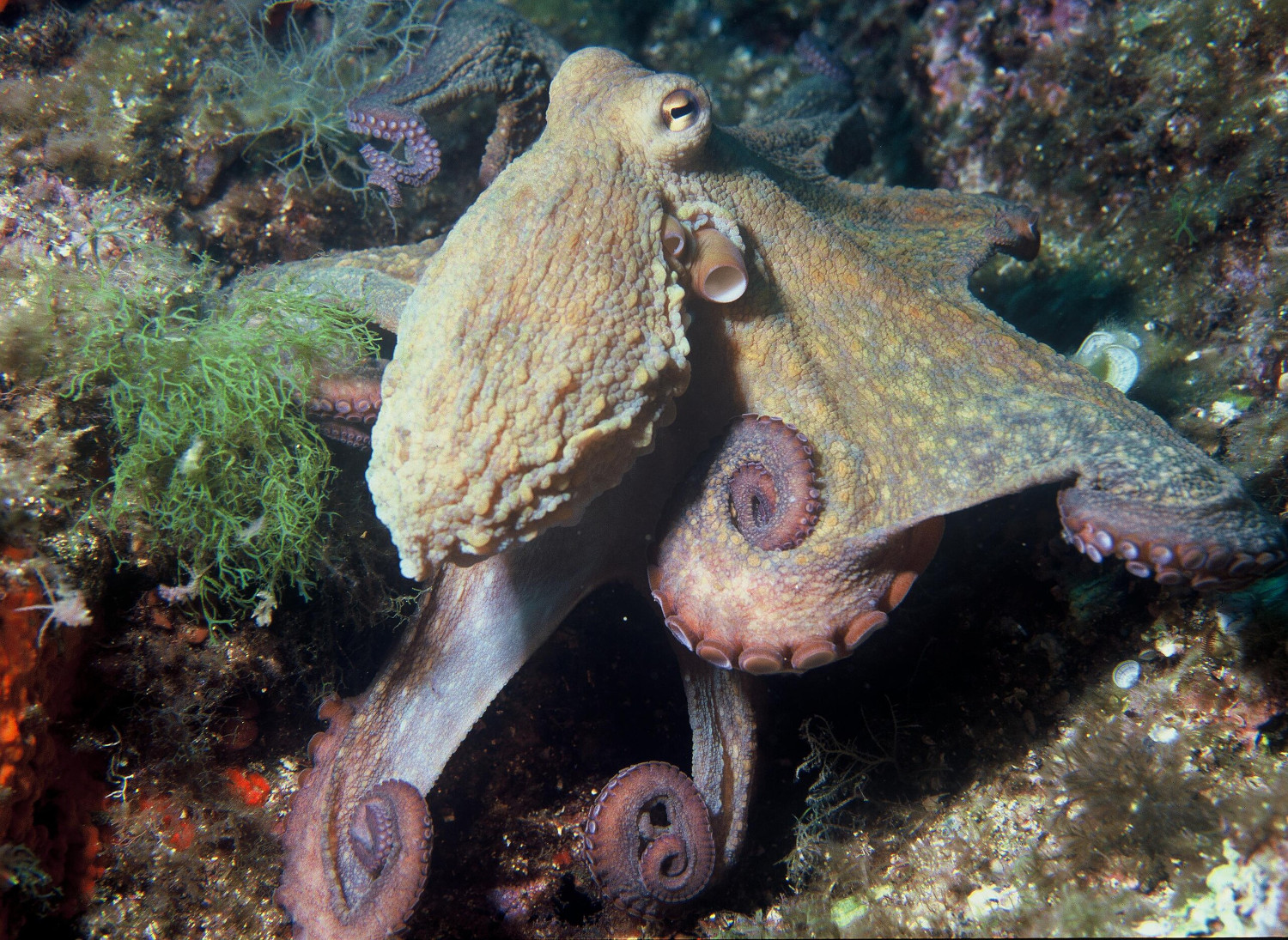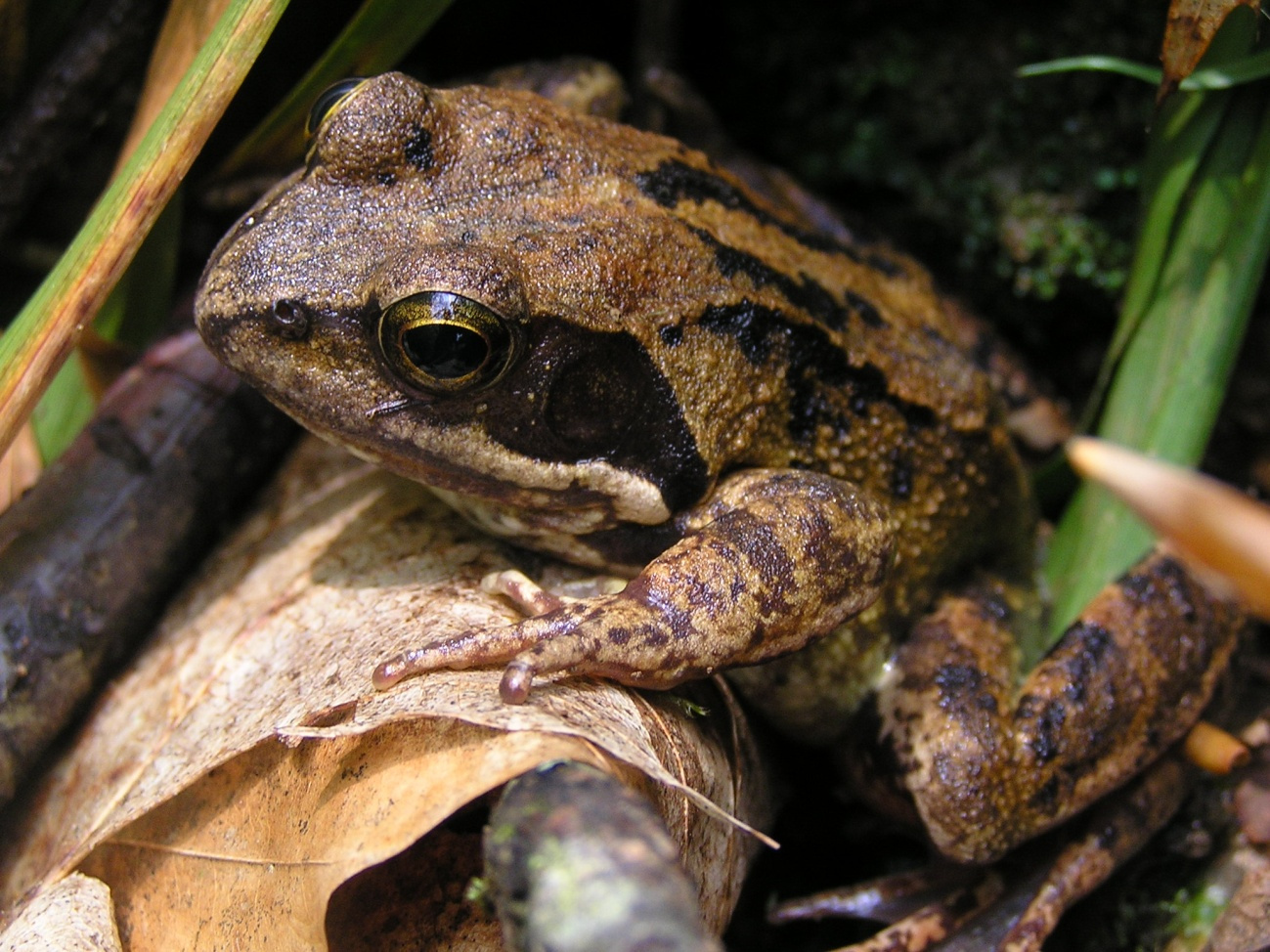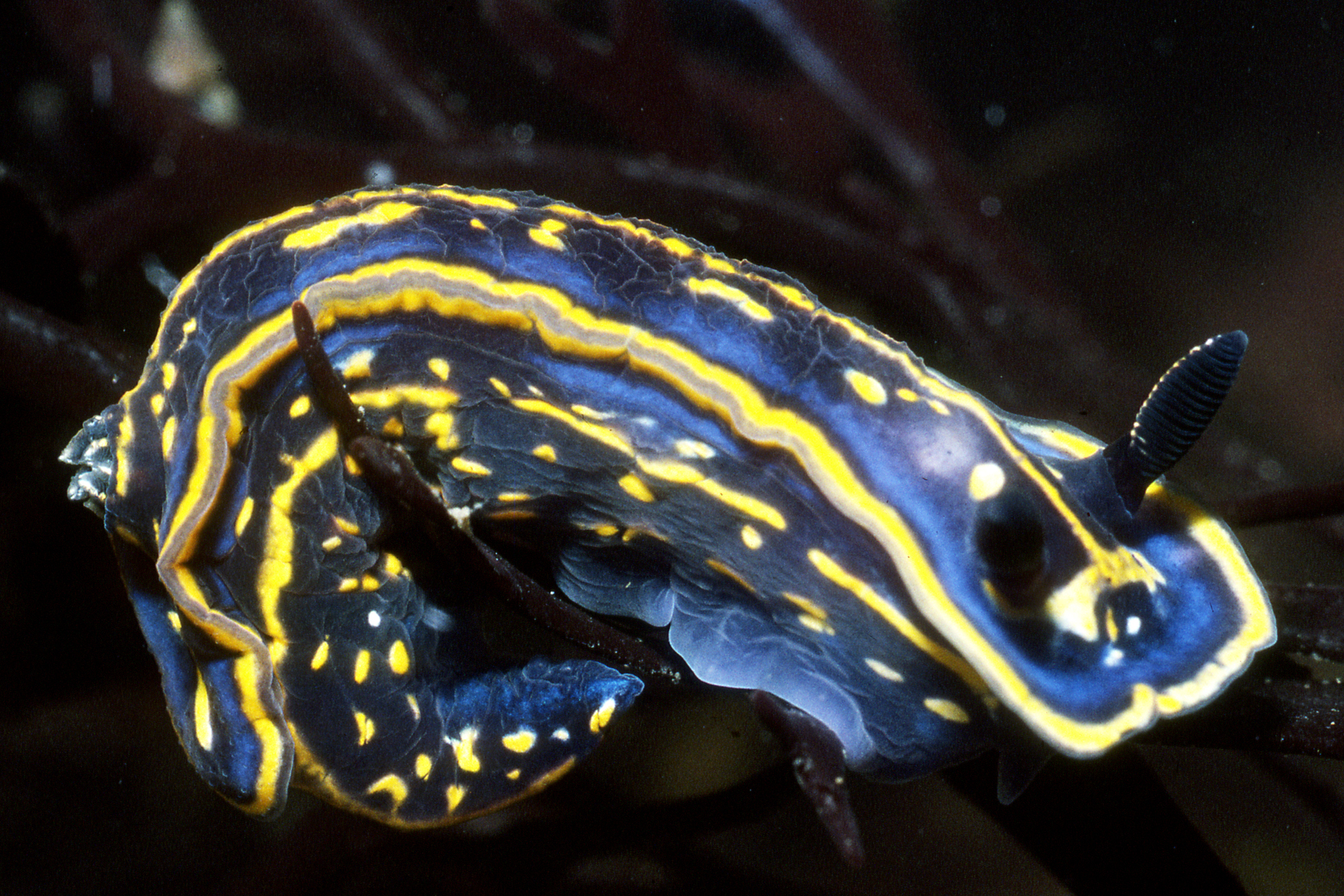Bagera, we too, always happy... the angle not so much.
When 180 million years ago the continent of Pangea dismembered, the eel had learned to cross the Sea of Thetis. Since then, the continents have been moving and differentiating eel species. Among the 20 species of eel that have distinguished themselves from their original ancestor, ours is the European eel, which carries out the longest migratory journey: Up to 7,000 kilometers. It also makes a way back and forth; from the beginning of life, and back to the end. Whenever all threats are exceeded. That and we know more, but no one has ever seen in the sea the eel's eggs, and the smallest larvae have been found in the middle of the Bermudian triangle.
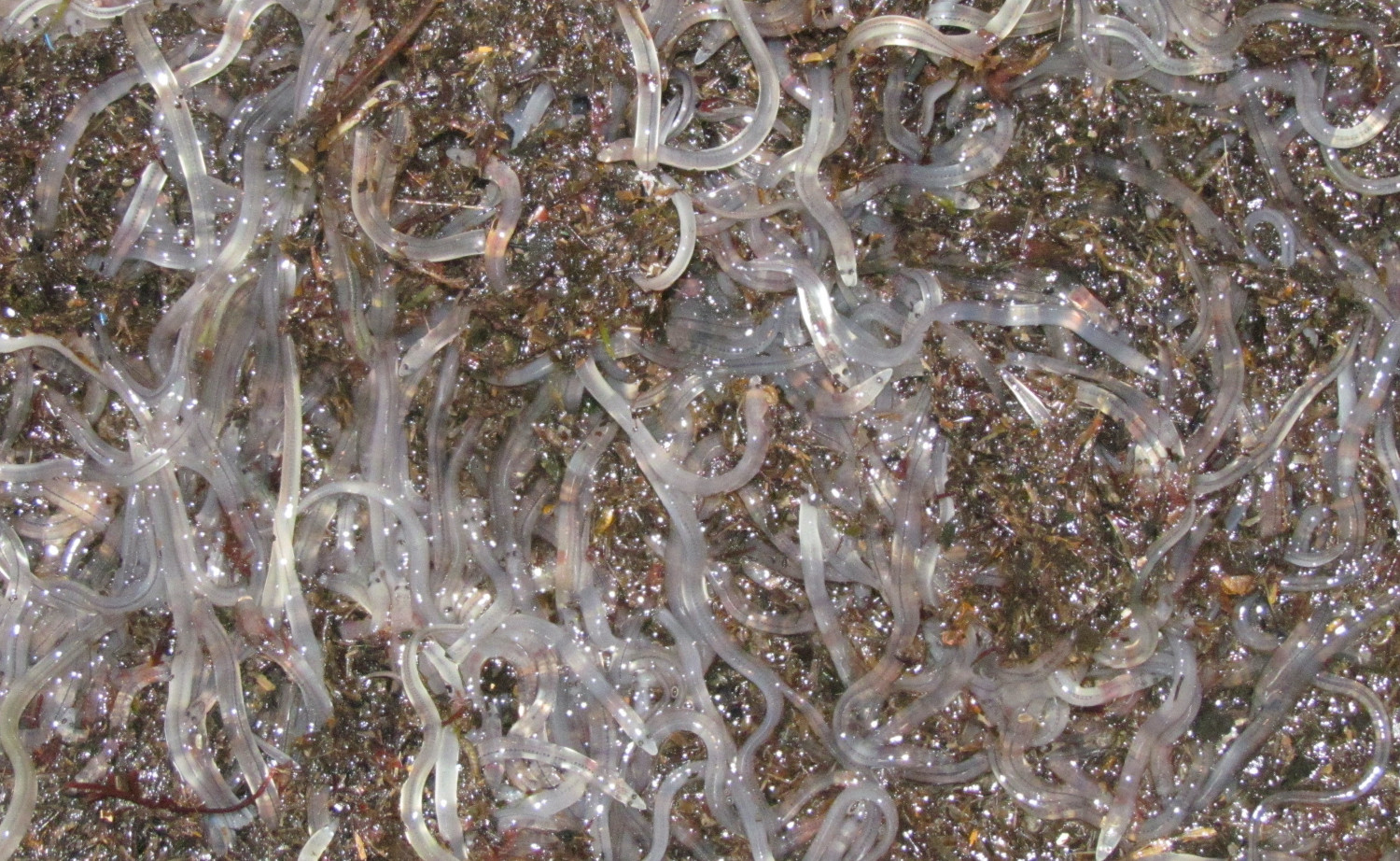
The scientist Johannes Schmidt during the Dana II expedition (1928-1930) discovered that as he moved away from the European coast, the eels larvae were becoming smaller and smaller. The smaller ones were found in the Sargasso Sea (northwest of the Atlantic), with a transparent and flat body, up to 5 cm high. Since then, we know that larvae perform a long migration from it. On this journey of up to two years in the sardine, the currents will travel to the Baltic Sea coast, the North Sea, the Gulf of Bizkaia, North Africa and the Mediterranean. Some will stay on the coast or on friends. On our coast, however, they will enter the estuary. At that moment, the first metamorphosis was performed, developing teeth and the body long and rounded, thus becoming a transparent angle. In the event that these angles, the sex of which is not defined by their birth, are in high densities, most will develop in the future as males; in the case of little, better female to guarantee the survival of the species.
In the estuary, the first welcome may be that of local fishermen, especially at the time of the new moon. If they overcome it, they will continue to roll up the river, developing pigmentation (color) as they grow and transforming into that eel that is the star of the river. Females, generally older than males, will remain in the river between 10 and 20 years, until they reach sexual maturity; males, between 6 and 12 years. Increasingly north, the river will be longer and, when the time comes, will suffer the second metamorphosis of its life and will become a silver eel to initiate return migration. In fact, each copy will take into account, as whales, their trajectory as a child throughout their lives thanks to a magnetic-based orientation mechanism. At that time, the reproductive system will also be developed. Thus, once they reach the Sargasso Sea, they will submerge into the abyssal depth (200 – 1,000 m) and each female will release about 20 million eggs that the males will fertilize with sperm (external fertilization). Then the eels will die. Eggs, which have not yet been seen at sea, will become larvae, initiating a new migration.
The life cycle is not difficult enough, and variations in currents can have serious consequences for the survival of early stages. In addition, in the Iberian Peninsula, 80% of the natural eel habitats will be affected by the presence of hydroelectric plants and walls such as dams found on their return to the sea. In addition, some of the reserves accumulated by eels to cope with this return journey have been found debris of pollution from river waters. All of this, along with fishing. The measures in this regard, of the 100 angles that reached our country before the 1980s, currently reach only 8. In the North Sea alone or less, depending on the year. It must be borne in mind that we are talking about a single population, that is, that a Basque eel can join a Norwegian in the Sargasso Sea. On this basis, although attempts have been made to ensure fishing for the northern rivers by repopulating with the angles of southern Europe, it is not clear whether the swayed angles are able to return on their way by becoming a silver eel.
Because the growth of the species is slow, in addition to the females that are going to reproduce, the key is to take care of the little ones as well, and the best way to do so is to leave them alone. According to the International Union for the Conservation of Nature, European eel is classified as a high risk. But when you buy the kilo at EUR 1,200, it is not for flirting, but for the desire to swallow a status. Damage to these pockets cannot be equated with damage to the species. Many of the famous chefs have already chosen not to offer angles in their restaurants. It's a sign that they look at the words of scientists. In my case, I'm going to take a bunch of gulas and start painting my eyes so that I have the box ready to hear the drums. Always cheerful.
ANGUILLA RIO Anguilla anguilla
GROUP: Vertebrate / Fish.
SIZE: larvae smaller than 5 cm; angles from 6 to 8 cm; eels up to 150 cm. Adult females can double their age and size.
What do you eat? Larvae, worms, crustaceans, molluscs, small fish...
LEVEL OF PROTECTION Vulnerable species in the Red Book of Vertebrates of Spain.
Itsasoan badira landareen itxura izan arren animalia harrapari diren izaki eder batzuk: anemonak. Kantauri itsasoan hainbat anemona espezie ditugun arren, bada bat, guztien artean bereziki erraz atzemateko aukera eskaintzen diguna: itsas-tomatea.
Ugaztunei eskainitako azken artikuluaren amaierako hitzak hurrengo animalia aurkezteko aitzakia paregabea dira. Bertan esaten genuen muturluzeak erreka “garbi eta txukunak” behar dituela, kutsadurarik gabeak baina elementu natural anitzekin. Animalia txiki horren... [+]
Antxoa, bokarta edo albokartia, gure arrain komertzialen artean txikiena, euskal kostaldera hurbildu da.
Katalanen ustetan artzainak engainatzen omen ditu hegazti honek: “enganyapastors”. Espainiar eta latindarrek, aldiz, ahuntzari esnea kentzen diola diote, hortik datorkio hain zuzen ere izen zientifikoan (Caprimulgus europaeus) islatzen den caprimulgus (capra... [+]
Leihatila honetan behin baino gehiagotan azaldu ditugu Ama Naturaren engainuak bere izakiak babestearren. Batzuetan, erle edo liztor itxura zuten euliak ekarri ditugu, beste batzuetan inongo arriskurik ez duten arrisku-kolorazioko intsektuak ere bai (kolorazio aposematikoa... [+]
Nekazal eremu lehor baten erdian ageri da putzua. Txikia da tamainaz, eta ez oso sakona. Egunak dira euririk egiten ez duela, baina oasi txiki honek oraindik ere aurretik bildutako urari eusten dio. Gauak eremua irentsi du eta isiltasunaren erdian kantu bakarti bat entzun da... [+]








